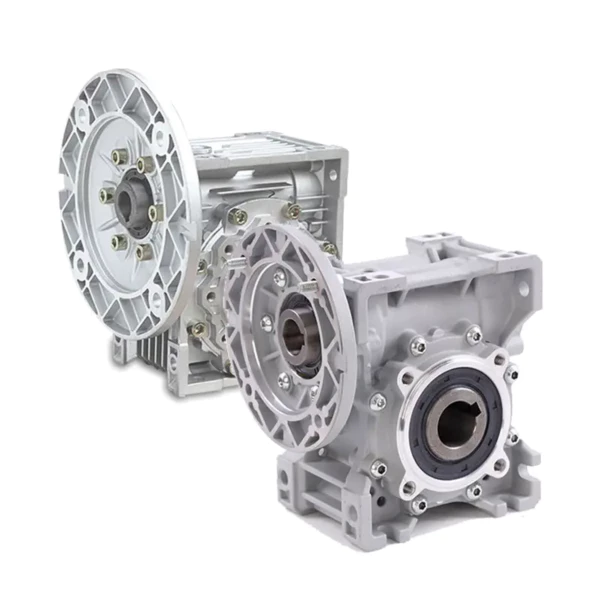
Worm Gearbox for Fan and Blower Drives
In the realm of industrial machinery and equipment, the role of a Worm Gearbox cannot be overstated. This essential component, also known as a worm drive, is a compact and efficient solution for high-torque and low-speed applications. Let's delve into the intricacies of the worm gearbox, its application in fan and blower drives, and its myriad benefits.
Understanding the Basics: What is a Worm Gearbox?
A worm gearbox, also known as a worm gear reducer, is a type of gear system that consists of a worm (a gear in the form of a screw) and a worm-wheel (a standard gear). The worm is placed on the drive shaft, and the worm-wheel is placed on the driven shaft. The primary function of a worm gearbox is to significantly reduce rotational speed while dramatically increasing torque.
The Mechanics of a Worm Gearbox
The worm gear reducer operates on a simple principle. The worm (a threaded cylinder) meshes with the worm gear (a toothed wheel), converting the rotary motion and torque from one configuration to another. The worm's rotation causes the worm gear to rotate or translate, depending on the gear's orientation. The unique meshing principle facilitates a large speed reduction ratio and a non-reversible function, making it ideal for many industrial applications.
Structural Components of a Worm Gearbox
The Worm
The worm is a critical component of the worm gearbox. It's generally made of hardened steel and connects directly to the motor, acting as the input for the gearbox.
The Worm Gear
The worm gear, typically made of bronze or a similar material, meshes with the worm to transfer motion and power. This gear is the output shaft of the gearbox, delivering the desired low speed and high torque.
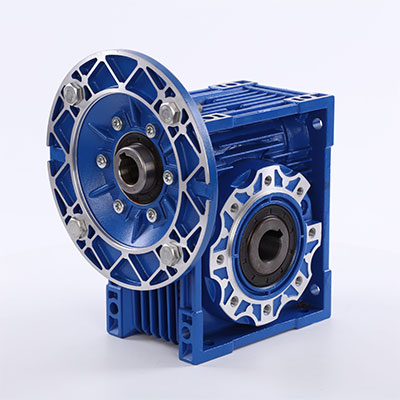
The Input and Output Shafts
The input shaft is connected to the motor and transfers its power to the worm. The output shaft, connected to the worm gear, delivers the gearbox's output.
Why a Worm Gearbox for Fan and Blower Drives?
Fan and blower drives require precise control over speed and torque, and a worm gearbox perfectly fits this requirement. Here are some reasons why:
- High Torque: Worm gearboxes provide high torque output, which is essential for heavy-duty applications like fan and blower drives.
- Compact Size: Due to their compact design, worm gearboxes can fit into small spaces, making them ideal for fan and blower applications where space is limited.
- Low Noise: The operation of worm gearboxes is smooth and quiet, which is necessary for fan and blower drives, as noise can be a significant concern.
- High Durability: Worm gearboxes are made of sturdy materials and can withstand harsh operating conditions, ensuring a long service life.
- Non-reversibility: The worm can easily turn the gear, but the gear cannot turn the worm, making these gearboxes ideal for applications where preventing reverse operation is crucial.
Features and Advantages of a Worm Gear Motor
A worm gear motor combines a worm gearbox and a motor into one unit, resulting in a compact and efficient power transmission solution. Some of its prominent features and advantages include:
- High Efficiency: These motors are known for their energy efficiency, making them an economical choice for fan and blower drives.
- Robust Design: The robust design of worm gear motors makes them resistant to wear and tear, ensuring a long operational life.
- Versatility: Their wide range of speed and torque options makes them suitable for a variety of applications, including fans and blowers.
- Easy Maintenance: Worm gear motors are easy to maintain due to their simple design and construction.
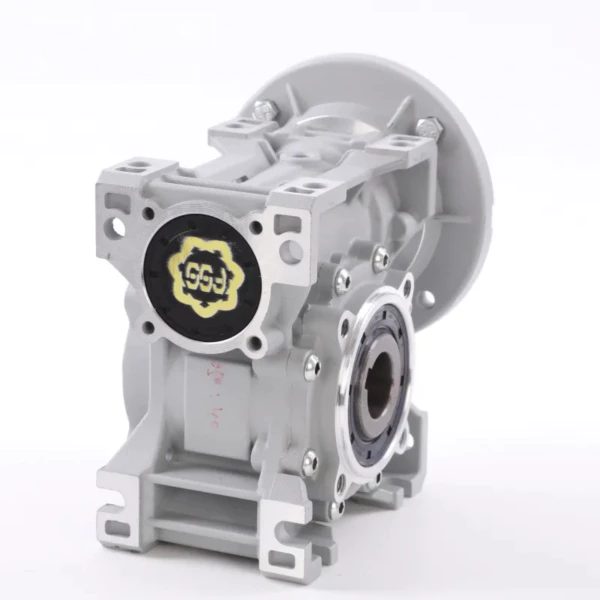
Choosing the Right Worm Reducer for Your Application
When choosing a worm reducer for a specific application, such as fan or blower drives, it's essential to consider several factors:
- Speed Requirements: The reducer should be able to provide the required speed for the application.
- Torque Requirements: The reducer should be capable of delivering the necessary torque.
- Size and Fit: The reducer should fit into the available space without any issues.
- Durability: The reducer should be durable and able to withstand the operating conditions.
- Cost: The cost of the reducer should be within your budget.
Motors for Worm Gear Reducers
The motor is a key component of a worm gear reducer, providing the necessary power for operation. The right motor can enhance the performance and efficiency of the worm gearbox, making it an integral part of the overall system. We also offer a wide range of electric motors designed to work seamlessly with our worm gearboxes.
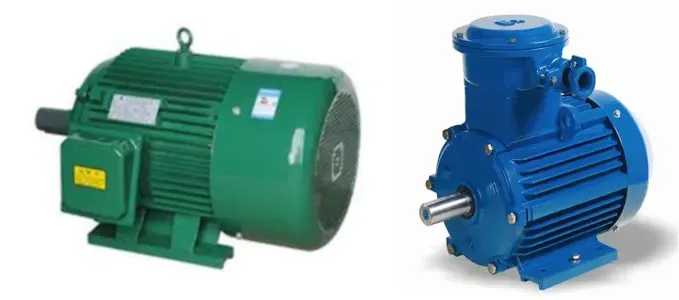
Why Choose Our Worm Gearboxes?
As a leading manufacturer of transmission equipment with over 15 years of experience, we offer high-quality, efficient, and reliable worm gearboxes. Our products are globally recognized for their superior performance, exceptional durability, and competitive pricing. Catering to clients across Europe, America, Africa, and Asia, we are committed to delivering the best transmission solutions for your needs.
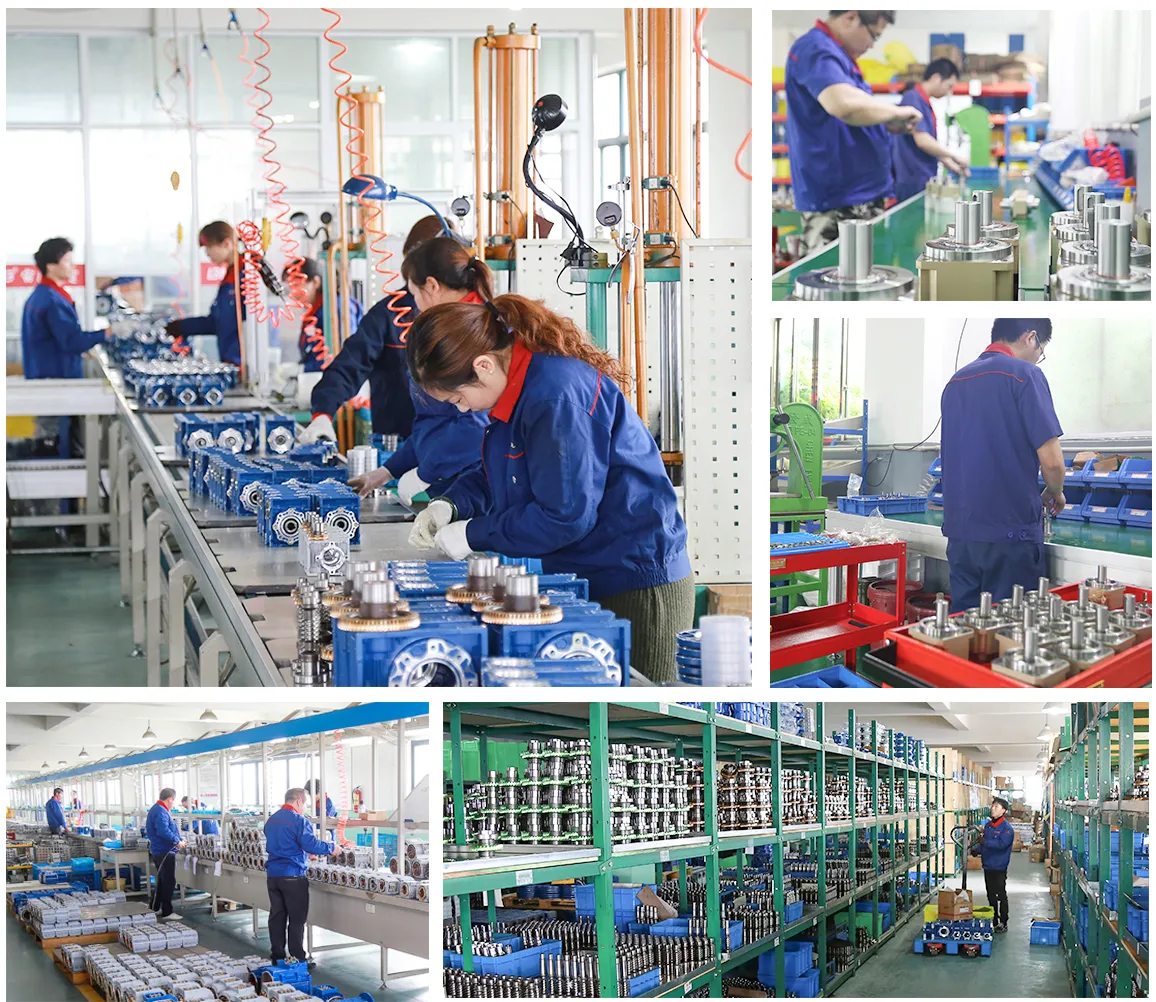
Final Thoughts
Whether you're operating a fan, a blower, or any other industrial machinery, a worm gearbox can provide the power, control, and efficiency you need. We invite you to explore our range of worm gearboxes and contact us for any inquiries or purchases.
Q&A
Q1: Can a worm gearbox be used in high-speed applications?
A: While worm gearboxes are primarily designed for low-speed, high-torque applications, they can be used in high-speed scenarios with appropriate modifications.
Q2: What is the service life of a worm gearbox?
A: With proper maintenance and under normal operating conditions, a worm gearbox can last for several years.
Q3: Can I use a worm gearbox for both fan and blower applications?
A: Yes, a worm gearbox can be used for both fan and blower applications, thanks to its high torque output and speed reduction capabilities.
Edited by Zqq.